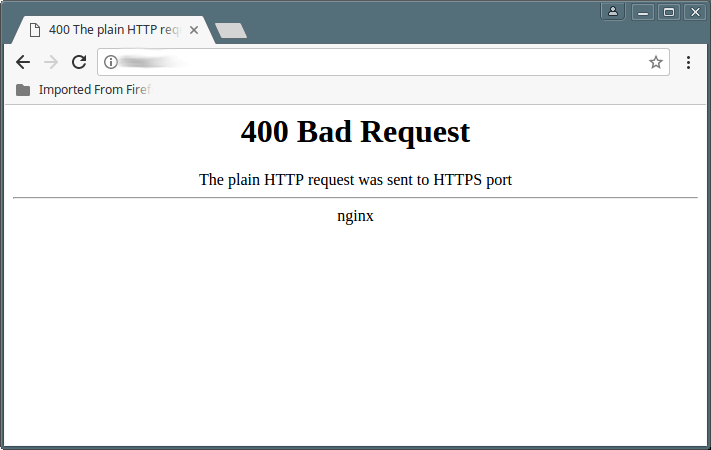Grsync is a graphical alternative to command-line-based Rsync. With Grsync, you can easily backup, transfer, synchronize files and folders within the local system or between a local and remote systems.
Here at Ibmi Media, as part of our Server Management Services, we regularly help our Customers to perform related backup solution queries for your Linux desktops and systems.
In this context, we shall look into how to install Grsync on Debian 10 Buster Edition Linux system.
How to Install Grsync on Debian machine ?
In order to install Grsync on Debian, simply execute the below command:
$ sudo apt install grsyncOnce installed, you can access Grsync from both your dashboard and CLI.
How to run a backup ?You can simply Add your source and destination directories and run the backup. It is not required to change the defaults unless that is absolute.
How to run Grsync Using CLI ?
You would only need to use the following command to run Grsync to run it via the command line:
$ grsyncRunning rsync is also the same as Grsync as both are mirrors to each other.
How to Uninstall Grsync from Debian Linux system ?
Once you Run the following command, Grsync will be removed from your debian machine:
$ sudo apt remove grsync[Need assistance in fixing Linux files backup issues ? We can help you. ]
Conclusion
This article covers how to install and remove Grsync from Debian 10 Linux system. In fact, Grsync is a Graphical rsync backup tool for Linux systems. It basically provides a graphical user interface to backup or sync important files & directories to remote machines or in local machines using rsync.
How to Install Grsync on Debian ?
Open the Terminal, run the below apt-get command:
$ sudo apt-get install grsync
This article covers how to install and remove Grsync from Debian 10 Linux system. In fact, Grsync is a Graphical rsync backup tool for Linux systems. It basically provides a graphical user interface to backup or sync important files & directories to remote machines or in local machines using rsync.
How to Install Grsync on Debian ?
Open the Terminal, run the below apt-get command:
$ sudo apt-get install grsync











